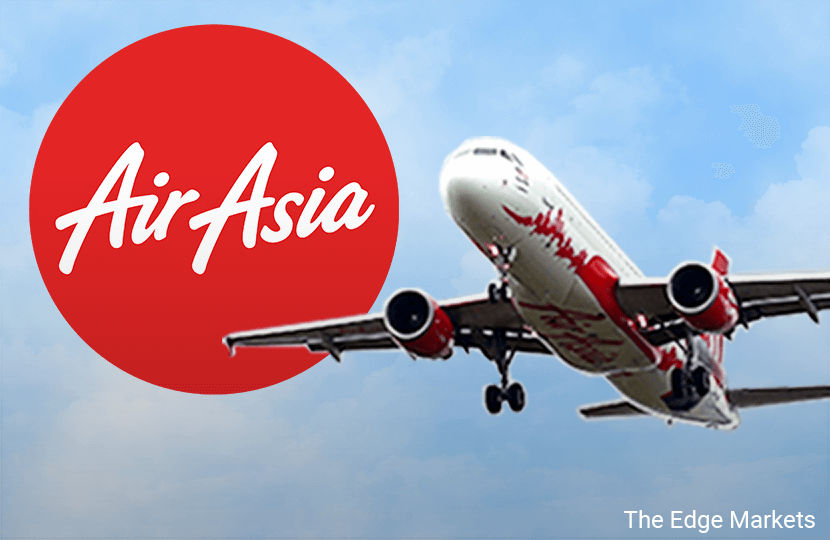
This article first appeared in The Edge Financial Daily, on April 18, 2016.
KUALA LUMPUR: AirAsia Bhd, Asia’s largest budget airline by passengers, is expected to be the biggest beneficiary of the Asean Open Skies policy, which came into effect on Jan 1, 2015, due to the airline’s significant regional presence.
National University of Singapore head of air law and policy programme Professor Alan Tan is of the view that the policy, which aims to liberalise the aviation market in Asean, will ultimately benefit low-cost carriers (LCCs).
Although implementation commenced in January last year, Tan noted that Southeast Asia’s skies had yet to be transformed into a single aviation market like that in the European Union, due to limited “freedom” traffic rights.
“What we have under the [Asean] policy now is the third, fourth and fifth freedom rights. For example, the third and fourth freedom rights of the skies enable a Singaporean carrier to fly from Singapore to Jakarta and back, while the fifth freedom right allows an airline from Singapore to fly to Kuala Lumpur and then onwards to Bangkok, and back using the same route,” Tan told The Edge Financial Daily in an interview in Singapore last week.
He said for open skies to become effective, the policy needs to allow unrestricted seventh-freedom operations, which enable a Malaysian airline, for example, to park its planes in Singapore and operate routes between two foreign countries, such as Singapore and the Philippines, and not just offering flights to Malaysia.
Tan said the absence of the seventh freedom right is due to protectionist policies by the respective Asean governments to defend their respective national airlines.
“In order to have a true single aviation market, all these restrictions must be progressively lifted. With the restrictions, Asean’s skies are only partially opened, not fully.
“If you look at the geography, the airlines that would benefit the most would be the low-cost carriers, as most flights within Asean are at most three hours long. The big winners would be carriers like AirAsia and Indonesia’s Lion Air,” he said.
Tan pointed to the absence of the seventh freedom right as the reason why AirAsia had to set up different units in Thailand, Indonesia and the Philippines.
He believes AirAsia would be the first to consolidate its various units under one group if the restrictions were to be lifted.
Still, Tan said it is still a long journey towards the full implementation of a single-aviation market in Asean. He said beyond economic regulations, such as the implementation of the seventh freedom right, technical regulations must also be in place.
This includes the harmonisation of technical standards among the Asean nations in terms of aircraft inspection and pilot training. This is so that the member nations will have mutual confidence in each other’s standards across the region.
“This will be the next challenging phase in establishing a single market. It’s not in the Asean Open Skies project yet, but it will probably be included in the next phase,” he said.
Meanwhile, Tan sees state-owned full-service carriers losing out under the open skies deal as short-haul flights will be dominated by LCCs.
“I think the big national carriers need to fly further, and capitalise on medium-haul and long-haul routes because short-haul routes are ultimately an LCC game,” he said.
Tan pointed out that some national carriers had tried to spread their risks by establishing an LCC brand to take advantage of short-haul routes. They include Singapore Airlines’ Tigerair, Garuda’s Citilink, Thai Airways’ Thai Smile and Malaysia Airlines’ Firefly, he added.
“The multi-brand strategy has its supporters, although some think it’s a controversial strategy as there is the risk of cannibalisation. The cheaper airlines could cannibalise the parent airlines’ traffic.
“Again, clearly the winners are going to be the LCCs within Asean, but legacy carriers or full-service carriers will continue to have a niche in the business-class segment, and for those passengers who prefer comfort and service over cost,” he said.
Maybank Investment Bank Bhd aviation analyst Mohshin Aziz concurred, saying that AirAsia stands to gain the most from the Asean Open Skies policy due to its significant presence in three out of the 10 Asean member countries.
“Under the current situation, AirAsia is the biggest beneficiary. The first step of the policy makes it easier for airlines to fly within Asean countries. As such, airlines with more operations across the region will benefit more, and right now AirAsia has the most operations in the region,” he said.
Mohshin also sees airlines that are regressive losing out under the open skies agreement.
“Those that are regressive and inward-looking, for example state-owned carriers, stand to lose out. Their respective national borders have been opened, but these carriers are still focused within their borders, ignoring the greater part of the bigger border.
“They will have to come to terms with reality and realise that they have to step out of their comfort zone,” said Mohshin.